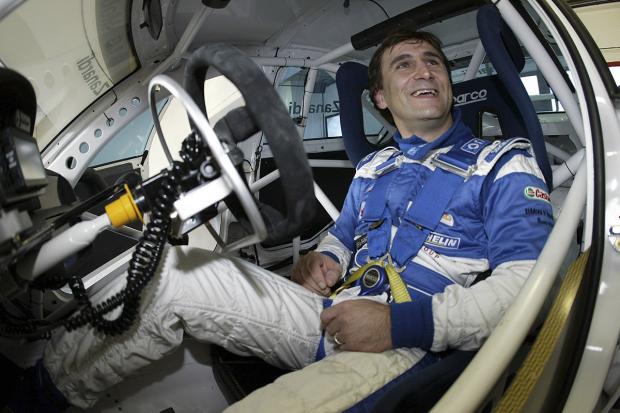
Alex Zanardi shakes hands firmly, smiles a lot and still looks every inch the perfect Italian racing driver. At his first visit to the Goodwood Festival of Speed this year, he couldn’t move more than a few yards without being surrounded by well-wishers and autograph hunters.
His, of course, has been a remarkable life, from his early career in Formula One and huge Indycar success, to an unsuccessful return to Grand Prix racing, the devastating accident in 2001 in which he lost his legs and Paralympic gold at the London Games.
Where do you start? In a sense, you don’t really need to. Give Zanardi a subject and he’s away. Take, for example, his introduction to American racing ahead of the 1996 season.
“My first time on an oval was just amazing. Fourth, fifth and sixth were all racing gears, but I couldn’t get up to fifth! It was very hard for me psychologically. I just could not produce enough speed to get up to fifth gear. I thought, ‘Man – I’m useless’. The car was unstable and the perception of speed was amazing.

“Then, Maurice Nunn, who was my race engineer, said, ‘Alex, we’re going to trim the car out – reduce the aerodynamics.’ I said, ‘No, no! Please!’ He said, ‘Believe me – go gently. By producing more speed, you produce more downforce and the car will feel better.’







